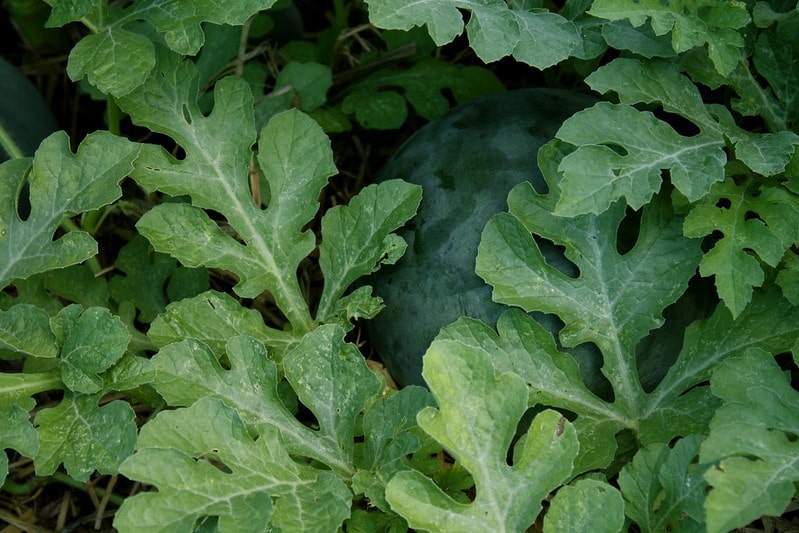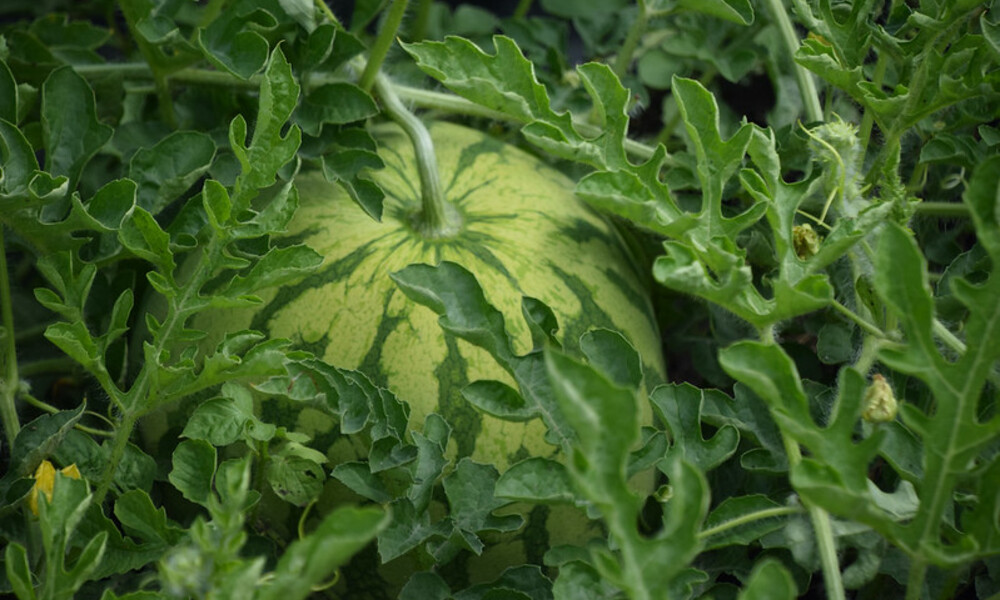Learn how to grow the stunning Firestick Plant (Euphorbia tirucalli), known for its vibrant, color-changing stems that shift through fiery shades of red, orange, and pink. Whether you’re growing it indoors as a striking houseplant or outdoors in suitable climates, this guide provides all the information you need to cultivate this unique succulent.
Introduction to Firestick Plant
The Firestick Plant, also known as Pencil Cactus or Sticks on Fire, is a succulent native to Africa. It’s famous for its colorful, pencil-thin stems that transform from green to yellow in summer and to brilliant shades of red, orange, and pink in winter.
The intensity of these colors depends on the amount of sunlight the plant receives, with more sunlight producing brighter hues. In regions with mild winters, Firestick Plants can be grown outdoors as dense hedges or small trees.
Safety Precautions
Toxic Sap
The Firestick Plant produces a milky sap that can cause skin irritation, redness, blisters, and temporary blindness if it comes into contact with the eyes. It is also toxic to pets like dogs, cats, and horses.
Protective Gear
When handling this plant, always wear long sleeves, gloves, and safety glasses to protect yourself from the sap.
Where to Plant Firesticks
Firestick Plants thrive in USDA Hardiness Zones 9-11, where temperatures do not drop below freezing. They require:
- Full Sun The plant needs plenty of sunlight to develop its vibrant colors.
- Fast-Draining Soil This succulent prefers soil that drains quickly to prevent root rot.
- Warm Temperatures and Low Humidity Ideal conditions include hot temperatures and low humidity levels.
Planting Location Tips
Outdoor Planting
In the garden, place Firestick Plants away from high-traffic areas to avoid accidental contact that could break the delicate stems and release toxic sap.
Indoor Planting
When grown as a houseplant, choose the sunniest spot in your home, such as a south-facing window, to maximize sunlight exposure.
How and When to Plant Firesticks
Outdoor Planting
- Best Time Plant in spring, early summer, or early autumn. Avoid planting during the extreme heat of summer or in winter when the plant is dormant.
- Watering Water newly planted Firesticks once a week until roots are established. Once rooted, allow the soil to dry out completely between waterings.
- Staking larger plants may require staking until they are securely rooted. Remove the stakes after two to three months when the plant is stable.
Indoor Planting
- Container Use a pot with excellent drainage.
- Soil Fill the container with high-quality potting soil formulated for succulents.
- Sunlight Place the pot in the sunniest part of your home to ensure the plant gets enough light to develop its vibrant colors.
Firestick Plant Care Tips
Firestick Plants are relatively low-maintenance, provided they receive enough sunlight and are not overwatered.
Light Requirements
- Full Sun: Firesticks need full sun or very light shade. If moving an indoor plant outside, acclimate it gradually to avoid sunburn by increasing its exposure to direct sunlight over two to three weeks.
Soil and Water
- Soil: Use fast-draining soil with low organic matter. Soil that retains too much moisture can cause root rot.
- Watering Allow the soil to dry out completely before watering again. Reduce watering frequency in winter when the plant’s growth slows down or stops.
Temperature and Humidity
- Temperature Firesticks thrive in hot temperatures and cannot tolerate freezing conditions. Protect outdoor plants from frost and bring potted plants indoors when nighttime temperatures drop below 50°F.
- Humidity: These plants prefer low humidity.
Fertilizer
- Minimal Fertilizer Firestick Plants do not require much fertilization. In spring, use a half-strength cactus or houseplant fertilizer. Avoid fertilizing in late summer or autumn.
Pruning
Minimal Pruning Prune only if necessary to control growth or remove damaged stems. Always wear protective gear to avoid contact with the toxic sap.
Potting and Repotting Firestick Plant
Repotting is typically needed every few years or when the plant becomes top-heavy.
- Best Time: Repot in spring when the plant begins new growth.
- Heavy Pots Use a heavy pot to prevent tipping and stake newly repotted plants until they are established.
Common Pests and Problems
Root Rot
- Prevention: Ensure the soil is fast-draining and avoid overwatering. Reduce watering in winter when growth slows.
Insufficient Light
- Symptoms Plants that do not receive enough light may become yellow and weak.
- Solution Place the plant in the sunniest location possible or use a grow light if needed.
How to Propagate Firestick Plant
Propagation is easy using cuttings.
- Protective Gear: Wear gloves, long sleeves, and safety glasses.
- Cuttings: Take 6-12 inch cuttings in late spring or summer. Allow cuttings to callus for 2-7 days before planting.
- Planting: Place callused cuttings into lightly dampened potting soil and let the soil dry out between waterings.
Types of Firestick Plant
Euphorbia tirucalli ‘Rosea’
- Common Names: Sticks on Fire, Red Pencil Cactus
- Appearance: Red stems most of the year. Indoors, it grows to 3 feet tall and 2 feet wide. Suitable for USDA Zones 9-11.
Firestick Plant Companion Plants
Yellow Bells (Tecoma stans)
- Description: Drought-tolerant shrub with yellow flowers. Prefers full sun and can withstand hot summer weather. Attracts hummingbirds.
Texas Sage (Leucophyllum frutescens)
- Description: Features silvery-grey leaves and purple flowers. Complements Firesticks with its contrasting colors and thrives in full sun and well-drained soil.
Yucca (Yucca filamentosa)
- Description: Adds a bold statement with broad, strappy leaves. Prefers full sun and can tolerate drought. Produces tall flower stalks.
Conclusion
Growing Firestick Plants can add a burst of color to your garden or home with minimal effort. By following these guidelines for planting, care, and propagation, you can enjoy the striking beauty of this unique succulent year-round. Remember to handle it with care due to its toxic sap, and provide the right conditions to ensure your Firestick Plant thrives.



